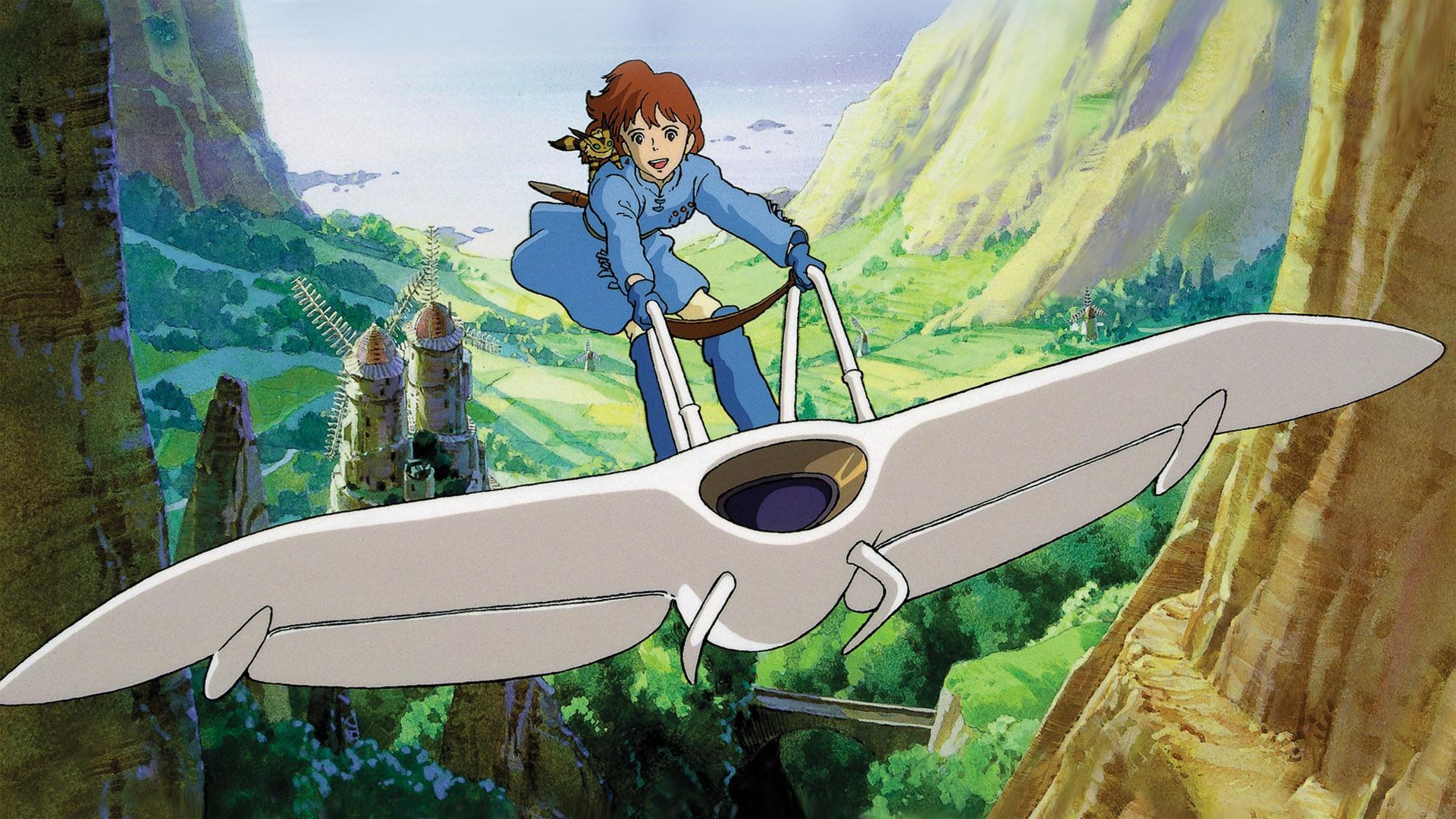sztroy.info – “Nausicaä of the Valley of the Wind” is a 1984 Japanese animated epic science fiction film written and directed by Hayao Miyazaki. Although produced before the official founding of Studio Ghibli, it is often regarded as the studio’s cornerstone due to its critical role in its creation. Adapted from Miyazaki’s own manga, the film is a visually stunning and thought-provoking exploration of ecological themes and human resilience.
The Storyline
Set in a post-apocalyptic future, “Nausicaä of the Valley of the Wind” portrays a world where industrial civilization has collapsed, and toxic jungles populated by giant insects have taken over much of the earth. The film follows Nausicaä, the young princess of the peaceful Valley of the Wind, who possesses a deep empathy for all living things. As tensions rise between neighboring kingdoms seeking to control the toxic jungle, Nausicaä embarks on a quest to restore harmony between humanity and nature.
Themes and Motifs
The film delves into themes of environmentalism, pacifism, and the interconnectedness of all life. Miyazaki emphasizes the consequences of human greed and warfare, illustrating the delicate balance required to coexist with nature. Nausicaä’s character embodies hope and compassion, serving as a powerful symbol of the potential for harmony and peace.
Visuals and Music
“Nausicaä of the Valley of the Wind” is renowned for its breathtaking animation and imaginative world-building. Miyazaki’s attention to detail creates a vivid and immersive universe, from the lush, toxic jungles to the intricately designed creatures that inhabit them. The film’s score, composed by Joe Hisaishi, complements the visuals with its haunting and evocative melodies, enhancing the emotional depth of the narrative.
Reception and Legacy
Upon its release, the film received critical acclaim for its innovative storytelling, stunning animation, and profound themes. It was a commercial success in Japan and laid the groundwork for the establishment of Studio Ghibli. “Nausicaä of the Valley of the Wind” continues to be celebrated as a classic of Japanese animation and has influenced numerous filmmakers and environmental advocates worldwide.
Conclusion
“Nausicaä of the Valley of the Wind” is a timeless masterpiece that combines epic storytelling with a powerful environmental message. Its exploration of humanity’s relationship with nature remains relevant, resonating with audiences across generations. As a precursor to Miyazaki’s later works, the film stands as a testament to his visionary artistry and enduring impact on the world of animation.
